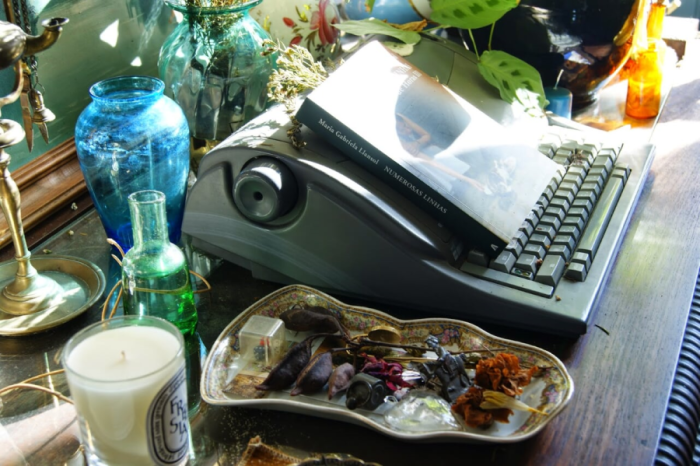READING ROMANCE: READING THE OPPOSITIONAL IN NARRATIVE
Résumé
Since its first extant preface signed in 1592 to the present day of the Journey to the West studies in the United States, this fantastic quest-romance has been interpreted as the Daoist manual for cultivating the internal alchemy, the Confucian allegory of controlling the mind, and above all, a masterwork in literature that is teeming with cynicism, irony, and social critique— a thorough dismissal of the theological/moral/philosophical allegoresis.
These two opposing modes in reading this 1592 Chinese fiction, I argue, recall the two ways of reading the Western romance such as the Divine Comedy, the Faerie Queene, and the Pilgrim’s Progress. While Singleton and Frye, for example, endorse the theology/ideology-oriented interpretation, critics as Bloom, Berger, Parker, Goldberg, Teskey, and Fish, have highlighted the exceptional and idiosyncratic: it is the anti-progress aspect of the text that stands out and constitutes the genre of romance.







